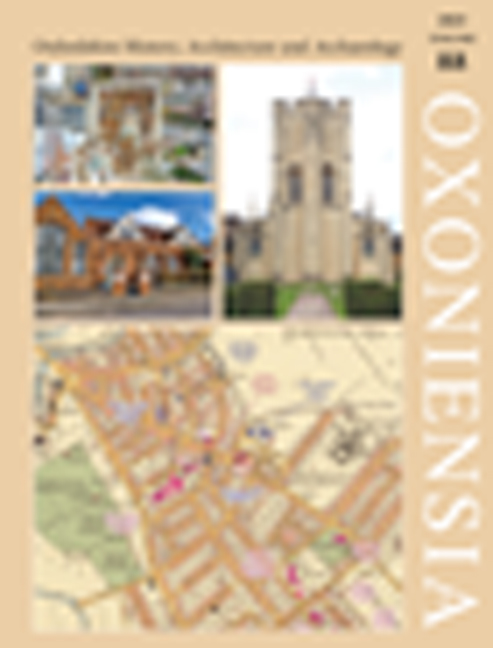Middle Iron Age to Roman Settlement at Swan School and Meadowbrook College, New Marston
Published online by Cambridge University Press: 15 May 2024
Summary
SUMMARY
Four areas were excavated by Cotswold Archaeology at Swan School and Meadowbrook College, New Marston, Oxford. The site was the focus of settlement activity from the middle Iron Age period up to the end of the Roman period in the fourth century AD. The main focus of middle Iron Age settlement was two enclosures containing pits, a sub-enclosure and the remains of three roundhouses. After a short hiatus, from around the middle second century BC, renewed activity in the late Iron Age/early Roman transitional period saw the establishment of a trapezoidal enclosure and two trackways. Activity continued into the Roman period with the establishment of a rectilinear enclosure system focused on the junction of three trackways. During the third to fourth centuries AD the site was involved in pottery production, operating as part of the Oxford Roman pottery industry.
Between April and July 2019, Cotswold Archaeology (CA) carried out an archaeological investigation on land at Swan School and Meadowbrook College, New Marston, Oxford (centred on NGR: 452526 208373; Fig. 1). The development site measured 5.6 ha in extent and was located to the north-east of the city of Oxford on the north-western edge of New Marston, a suburb of the city. The development site was situated on low-lying ground (60 m above Ordnance Datum) on the edge of the River Cherwell floodplain and immediately north of the Marston Brook. The site lies on an area of alluvium and Oxford Clay Formation and West Walton Formation mudstone, capped by seasonally wet, acidic but base-rich loamy and clayey soils that typically support areas of pasture and woodland.
The archaeological potential of the site was established by previous archaeological works within the development area (Fig. 1), comprising a Heritage Statement and two stages of trial-trench evaluation. The investigations identified remains pertaining to Iron Age, Roman, medieval and post-medieval activity in the south-western half of the development site and in light of these discoveries, four areas (A, B, C and F) were subject to archaeological excavation.
- Type
- Chapter
- Information
- Oxoniensia , pp. 257 - 292Publisher: Boydell & BrewerFirst published in: 2024

